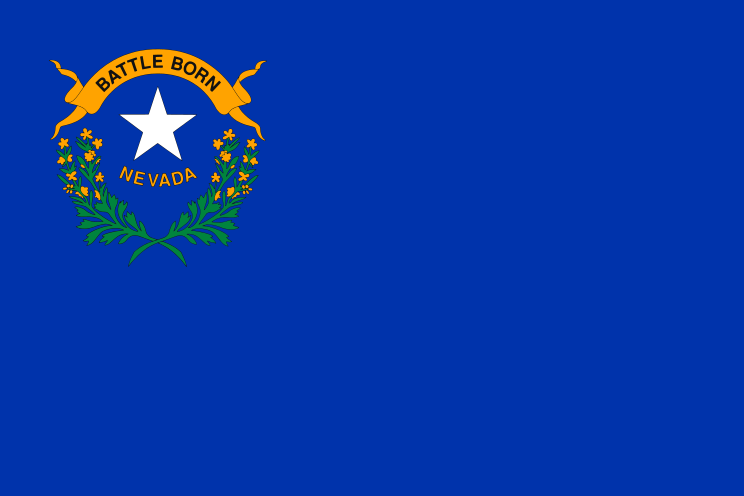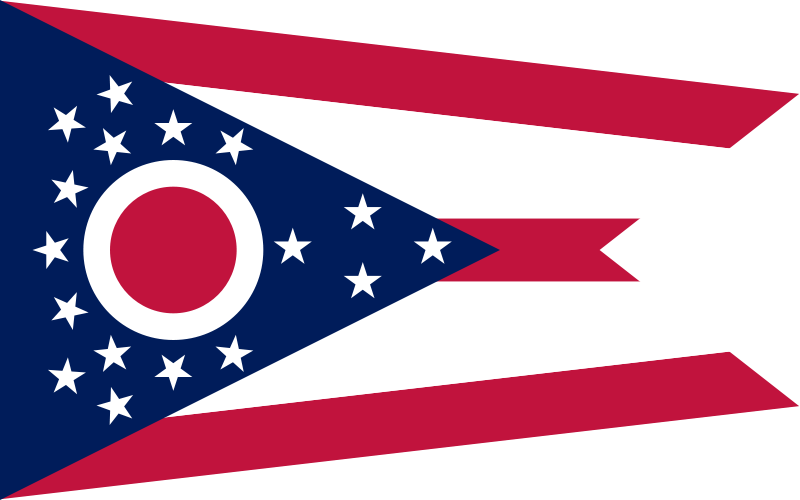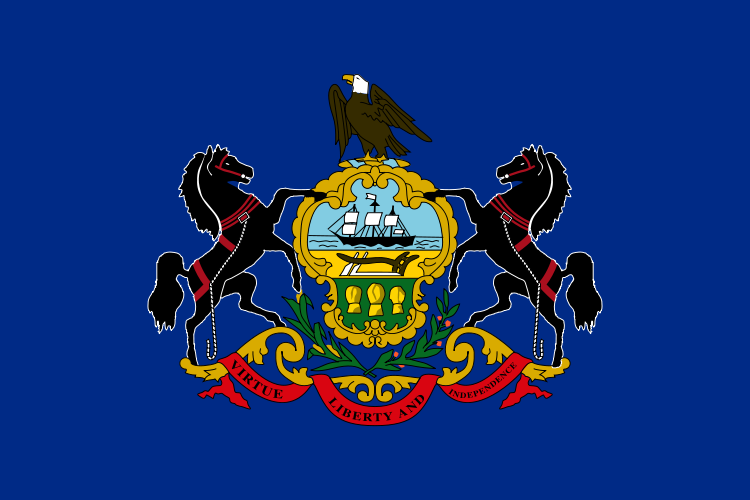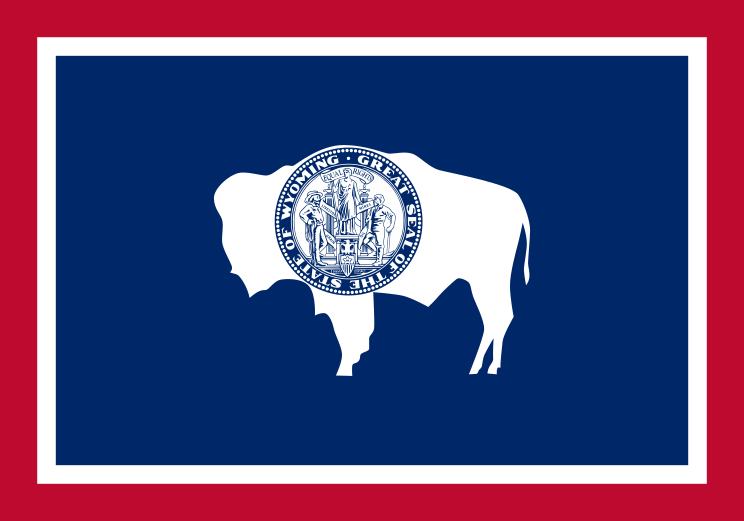for some time now i've been meaning to get a picture of the iron horse up here for everyone to admire. though this isn't the ideal shot of my sweet ride, you can get an idea for the basics. it's several years old but only has about 20,000 kilometers on the clock (12,000 miles), and it performs well with little maintenance. it does have a "V-twin" engine, a la Harley Davidson, but with a displacement of just 150cc it sounds more like a screaming banshee than any rolling thunder. the upside here is that i spend about US$3 a week keeping the thing gassed up, and i'm reliably informed that such economy would be hard to come by in the States these days. i've thought about having it shipped back, but it would be hard to justify spending more on shipping than i did on the bike itself.
 Yammy 'n me, out for a country drive
Yammy 'n me, out for a country drive
but it's important to remember that there really aren't any Harley Davidsons out here. the biggest other thing on the road is a 125cc scooter, but there are a
lot of them. they are used for absolutely everything, from commercial freight and delivery vehicles to hot date mobiles, but perhaps the most common purpose is as shown below: family sedan.
 the family sedan. notice little Jimmy in the "jump seat" up front
the family sedan. notice little Jimmy in the "jump seat" up frontthis is the most people i've ever seen riding on a scooter at the same time (five), but i'm told they will get six or more on sometimes. it really is peculiar, and nobody, even the friendly local cop, seems to mind. though i already found that the police aren't too worried about most
traffic infractions. nevertheless, more ubiquitous than mobile phones, scooters are the engines of the economy here, and you see everyone from hot rodding youths and deliverymen to high powered businessmen zipping around on them. they drive them on the streets, on the sidewalks, and even into stores sometimes. if you can physically do it, then it seems to be implicitly allowed by law. somewhat paradoxically, this fact actually made it easier to learn how to ride the bike. during the time that all my energy was focused on changing gears and manipulating the bike, i really didn't have to worry about obeying any traffic rules. it was quite liberating. and though traffic is far more orderly in the States, i feel safer riding here than i would there, because here people are at least expecting two-wheeled vehicles to be everywhere they want to go.
yet even having quickly mastered the concepts of Taiwanese driving, i have decided to work on becoming a bit more street legal. not necessarily because i feel an overwhelming need to obey laws that nobody else does, but because i think having a Taiwanese drivers' license will be a cool souvenir. i have a Samoan one, albeit temporary, and i should get this one--the real deal--just in time for leaving the country. i went to get the drivers', or rather riders', handbook a couple of days ago, and i must quote a few of the sample test questions, they're gems:
from the "Driver's Morals and Knowledge of Traffic Safety" multiple choice section:
26. When you start to feel tired and sleepy on the way, what should you do?
(1) Go on riding.
(2) Take or rub on some refreshments of fostering spirit then go on riding.
(3) Stop at the nearest appropriate place, get off and take a rest then ride on after you do not feel tired.
48. How does a rider think about his clothes and appearance?
(1) He is free about them.
(2) He can wear slippers.
(3) He should be clean and tidy.
from the "Driver's Morals and Knowledge of Traffic Safety" true or false section:
2. We can obey the rule of having priority to give way to pedestrians. That is driving morals.
10. Casually honking the horn makes noise pollution. It is not moral.
11. A riders without traffic morals is a misfortune both for himself and others.
from the "First Aid Theory and Skills" multiple choice section:
3. If a car catches fire by collision, the people in the car will
(1) be in shock.
(2) suffocate.
(3) vomit, due to lack of oxygen or being stuck in the windpipe.
so it's anybody's guess how a fire would cause a person to be stuck in their own windpipe, but it wouldn't really surprise me; strange things do happen in Taiwan. believe me, they really do.









































































